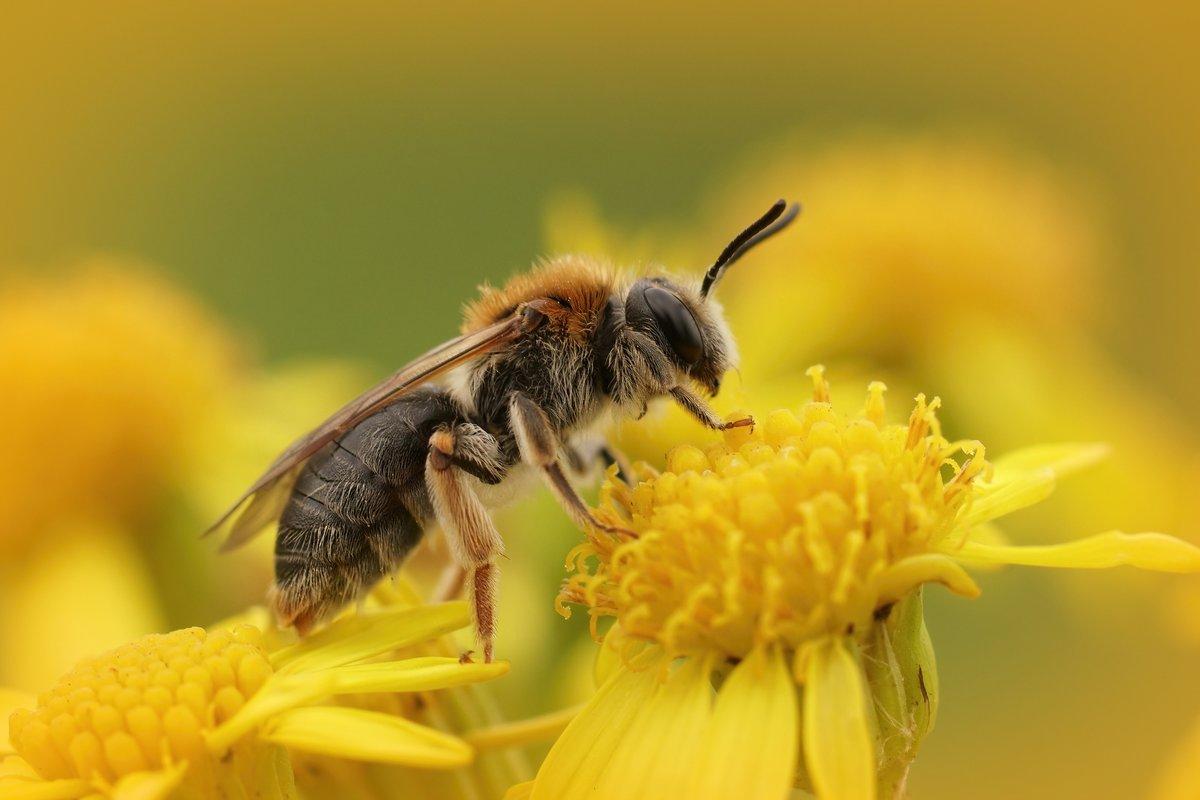AUTHORS: Evelyn Underwood – Giulia Costa Domingo – Gustavo Becerra Jurado – Tsvetelina Filipova – Clunie Keenleyside
To reverse the decline of pollinators, stakeholders across the EU need to take up pollinator-friendly practices . In support of the EU Pollinators initiative, IEEP has surveyed what is being done for pollinators in all Member States and has produced guidance to promote best practice for agricultural managing authorities, farmers, farm advisors, and citizens.
Member state fiches on pollinator activities
IEEP has produced fiches outlining ongoing activities to tackle the decline of wild pollinators in each Member state as of the end of 2019. Each fiche reviews (1) strategies for wild pollinators or any other similar plans if they are in place, (2) activities to improve knowledge of pollinator decline its causes and consequences, (3) initiatives tackling the causes of pollinator decline, and (4) activities raising awareness, engaging society at large and promoting collaboration.
At the time of writing, Ireland, Spain, France and the Netherlands already have national pollinator strategies which serve as a framework for these initiatives, while others such as Luxembourg, Belgium and Czechia are in the process of developing theirs. Germany has gone a step further by establishing legally binding measures.
These fiches help stakeholders and citizens with an interest in pollinator conservation to find contacts and initiatives to engage with, in their own country or in other Member states.
All Member state fiches can be found at this link.
Citizens for pollinator conservation: A practical guidance
This guidance shares advice and concrete actions that EU citizens can take in their day-to-day life to help reverse the decline of pollinators. In order to survive, pollinators need healthy habitats: places where they can find food, shelter and breed. Citizens can play a key role by adopting pollinator conservation practices to create these spaces in their homes and communities, and spread pollinator-friendly actions through community engagement, responsible consumption and citizen science.
Key recommendations for citizens:
In your home and personal garden:
- Plant a variety of native plants to ensure flowers, which provide pollinators with food, are available throughout the year
- Allow your lawn to flower by mowing less
- Protect and provide nesting places such as patches of uncut grass
- Rewild part of your garden
- Avoid using pesticides
- Reduce light pollution by turning off unnecessary outdoor lighting and avoid using ultraviolet light bug zappers or other insect traps
- Make your car park and terrace pollinator-friendly by using paving that allows wild flowers to grow
In your community or workplace:
- Stimulate engagement in your community, and create habitats for pollinators in local parks, communal gardens, along roads…
- Become a pollinator ambassador and encourage your city or local authorities to take action on pollinators
- Spread the word, celebrate and start competitions and exhibitions related to pollinators
- Encourage pollinator activities in schools and kindergartens
- Make space for pollinator habitat in your workplace, and lead nature walks with your colleagues
Through consumption choices:
- Choose environmentally friendly products
- Minimise consumption of harmful products (e.g., heavy metals, paints and detergents) and cut down waste
- Eat local, organic, and seasonal food
- Install low impact outdoor lighting
Through citizen science:
- Join initiatives and campaigns for pollinator monitoring and awareness raising
- Improve your pollinator identification skills with tools and training
- Observe pollinators in your area
- Take part in a pollinator monitoring programme
A guide to pollinator-friendly farming
IEEP has prepared a guidance document giving practical recommendations on pollinator conservation on farmland for farmers and land managers, farm advisors and extension services and CAP management authorities.
The main actions needed for pollinators on farmland are the creation of habitats and less use of harmful pesticides and herbicides. Habitats can be restored or created: species-rich grasslands, field margins, buffer and flowering strips, landscape features, fallow fields where wildflowers grow, heath and scrub and wooded land.
Pollinators need a variety of different plants for food, and different sites for shelter, hibernating and breeding through their life cycle. On farmland, insufficient plant diversity often means pollinators do not have enough food outside the short time when crops bloom.
Key pollinator-friendly management practices therefore include:
- Managing existing farmland habitats for pollinators
- Ensuring a diversity and abundance of flowering plants. An option to do this is to sow seed mixes. IEEP has produced a guide outlining key principles to consider when sowing seed mixes.
- Creating extra pollinator resources by, for example, sowing or encouraging the natural regeneration of wildflowers, shrubs and trees which are rich in nectar and pollen in field margins.
- Leaving some bare patches or areas with stones, shrubs, trees and deadwood creates nesting sites.
- Implementing farming systems to reduce pesticide and fertiliser use such as integrated pest management (IPM) and organic farming
- Taking a landscape scale approach to plan and position a network of wild pollinator habitats to maximise benefits to wild pollinator communities.
All of these resources, and more, are available on the EU Pollinator Information Hive.

